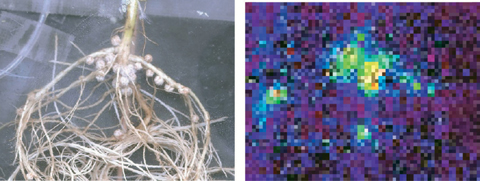
Fig.4-22 Experimental set-up (left) and a test plant (right)

Fig.4-23 Underground part with many nodules (left) and the PETIS image of the same area (right)
Nitrogen is one of the most important nutritional elements in the soil for cultivation of plants. Although it is rich in the atmosphere as nitrogen gas (N2), in this form it is unusable as nutrition by eukaryotes and must be converted into nitrogen compounds such as ammonium by (bio)chemical processes called "nitrogen fixation". Symbiotic nitrogen fixation is a representative example of this process in nature, which is mainly performed in the nodules of leguminous plants in collaboration with rhizobia (soil bacteria). Industrial nitrogen fixation, another representative process, has been a foundation of modern agriculture through its role in producing chemical fertilizers. However, this process completely depends on fossil energy resources. Therefore, symbiotic nitrogen fixation is considered to be a key to realizing sustainable agriculture over the world which does not lead to overconsumption of natural resources.
We have been developing a non-invasive imaging method for plant study, the positron-emitting tracer imaging system (PETIS) which can visualize movement of various substances inside an intact plant body. In this study, we established a new production method of 13N-labeled nitrogen gas tracer and successfully obtained the world's first images of the fixed nitrogen in nodules of intact soybean plants (Figs.4-22 and 4-23). Moreover, the fixation activities of the nodules were quantitatively estimated from the PETIS images.
This non-invasive technique enables examination of the effects of various treatments on the fixation activity with the same plant. It will facilitate research into the regulation mechanism of symbiotic nitrogen fixation. Excess application of nitrogen fertilizers often results in decrease of the soybean yields due to reduction of the plant's own symbiotic nitrogen fixation activity. Our technique may be very useful to establish the best fertilizer management with efficient symbiotic nitrogen fixation, which will lead to sustainable and environment-friendly food production, potentially doubling the soybean production in Japan. Because leguminous plants are also used as oil crops and green manure, much wider benefits are expected in the future.